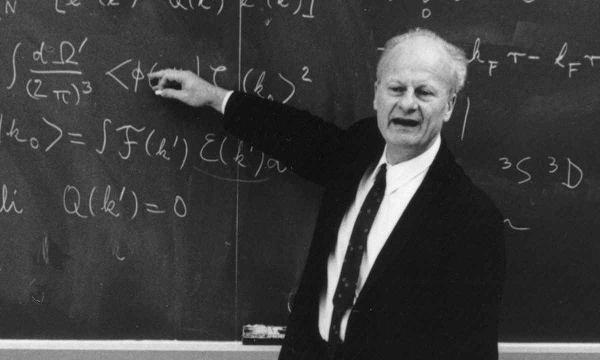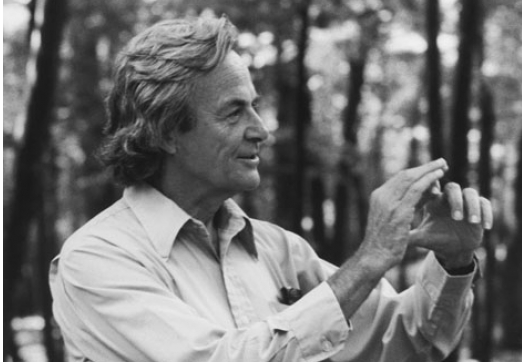Albert Einstein passionately wooed his first wife Mileva Maric, against his family’s wishes, and the two had a turbulent but intellectually rich relationship that they recorded for posterity in their letters. Einstein and Maric’s love letters have inspired the short film above, My Little Witch (in Serbian, I believe, with English subtitles) and several critical re-evaluations of Einstein’s life and Maric’s influence on his early thought. Some historians have even suggested that Maric—who was also trained in physics—made contributions to Einstein’s early work, a claim hotly disputed and, it seems, poorly substantiated.
The letters—written between 1897 and 1903 and only discovered in 1987—reveal a wealth of previously unknown detail about Maric and the marriage. While the controversy over Maric’s influence on Einstein’s theories raged among academics and viewers of PBS’s controversial documentary, Einstein’s Wife, a scandalous personal item in the letters got much better press. As Einstein and Mileva’s relationship deteriorated, and they attempted to scotch tape it together for the sake of their children, the avuncular pacifist wrote a chilling list of “conditions,” in outline form, that his wife must accept upon his return. Lists of Note transcribes them from Walter Isaacson’s biography Einstein: His Life and Universe:
CONDITIONS
A. You will make sure:
1. that my clothes and laundry are kept in good order;
2. that I will receive my three meals regularly in my room;
3. that my bedroom and study are kept neat, and especially that my desk is left for my use only.
B. You will renounce all personal relations with me insofar as they are not completely necessary for social reasons. Specifically, You will forego:
1. my sitting at home with you;
2. my going out or travelling with you.
C. You will obey the following points in your relations with me:
1. you will not expect any intimacy from me, nor will you reproach me in any way;
2. you will stop talking to me if I request it;
3. you will leave my bedroom or study immediately without protest if I request it.
D. You will undertake not to belittle me in front of our children, either through words or behavior.
While it may be unfair to judge anyone’s total character by its most glaring defects, there’s no way to read this without shuddering. Although Einstein tried to preserve the marriage, once they separated for good, he did not lament Mileva’s loss for long. Manjit Kumar tells us in Quantum: Einstein Bohr, and the Great Debate about the Nature of Reality that although “Mileva agreed to his demands and Einstein returned”
[I]t could not last. At the end of July, after just three months in Berlin, Mileva and the boys went back to Zurich. As he stood on the platform waving goodbye, Einstein wept, if not for Mileva and the memories of what had been, then for his two departing sons. But within a matter of weeks he was happily enjoying living alone “in my large apartment in undiminished tranquility.”
Einstein prized his solitude greatly. Another remark shows his difficulty with personal relationships. While he eventually fell in love with his cousin Elsa and finally divorced Mavic to marry her in 1919, that marriage too was troubled. Elsa died in 1936 soon after the couple moved to the U.S. Not long after her death, Einstein would write, “I have gotten used extremely well to life here. I live like a bear in my den…. This bearishness has been further enhanced by the death of my woman comrade, who was better with other people than I am.”
Einstein’s personal failings might pass by without much comment if had not, like his hero Gandhi, been elevated to the status of a “secular saint.” Yet, it is also the personal inconsistencies, the weaknesses and petty, even incredibly callous moments, that make so many famous figures’ lives compelling, if also confusing. As Einstein scholar John Stachel says, “Too much of an idol was made of Einstein. He’s not an idol—he’s a human, and that’s much more interesting.”
Related Content:
Listen as Albert Einstein Reads ‘The Common Language of Science’ (1941)
The Musical Mind of Albert Einstein: Great Physicist, Amateur Violinist and Devotee of Mozart
Einstein Documentary Offers A Revealing Portrait of the Great 20th Century Scientist
Albert Einstein Expresses His Admiration for Mahatma Gandhi, in Letter and Audio
Josh Jones is a writer and musician based in Durham, NC. Follow him at @jdmagness



